

I travelled to Kismayo on Friday, 23 May. The trip was part of a series of roundtable discussions that Somali Public Agenda (SPA) and Puntland Development Research Center (PDRC) were convening to explore options for compromise on FGS-FMS relations, constitutional review, and elections.
As passengers entered the airline gate in Mogadishu, a lady was asking people for their seat numbers. I told her that it was great to see local flights actually seating passengers according to their assigned seats. I was supposed to sit in the second row, but all the seats in that row were already occupied. A woman who had taken a seat that wasn’t hers claimed she had lost her boarding pass and refused to vacate the seat. She told me to find another seat elsewhere.
I assumed the airline crew would resolve the situation. I thought that if I sat in another seat, I could be asked to move. I was wrong. Three of us ended up standing while all seats were occupied; the tickets and boarding pass they sold were more than the available seats. I asked the airline staff why they bothered asking about seat numbers if they weren’t going to enforce them. They said they would find a solution. They then began asking passengers with younger siblings to vacate their seats and hold teenagers and children on their laps, with a promise to reimburse the ticket fees. Eventually, we flew to Kismayo.
I anticipated that we would encounter the Jubaland security and intelligence forces since we were planning to convene a dialogue on political issues. When we landed in Kismayo, we were directed to an office where we were seated and asked for our ID cards and the purpose of our visit. An officer took notes and updated his supervisor, who arrived a few minutes later. They already had prior information about our trip, as my PDRC colleague had coordinated with the administration. We were asked to fill out standard forms, which even included clan and sub-clan information, and they took our photos. The process took more than 30 minutes before we were allowed to get into the car waiting outside. The security officers informed us that this is the standard procedure for anyone arriving in Kismayo. The process was not new to me, as I had travelled to Kismayo several times before, though I used to go through the section for ordinary citizens. The tight screening might have been influenced by the strained relationship between Kismayo and Mogadishu.
Despite the hiccups on the plane and at Kismayo Airport (Sayid Mohamed Abdulle Hassan International Airport), I witnessed promising developments in the city. I had the privilege of being accompanied by the mayor of Kismayo Omar Abdullahi Mohamed (Faraweyne), who gave us a tour of the town and ongoing infrastructure projects, particularly the construction of tarmac roads and sewage systems. I saw in Kismayo the best sewage system I’ve seen anywhere in Somalia. The city and its administration are benefiting from the investments and funding of the Nagaad Project, formerly known as the Somalia Urban Resilience Project. The mayor showed us the sewage system that collects waste and rain water from the town and discharges it into the sea. The local government demolished buildings to reconstruct the roads and sewage systems. The work was ongoing as we toured the town.

We also saw several roundabouts that convey messages about the town’s history and identity. The roundabout opposite the Kismayo arch features a football sculpture at the top. It also includes photos and information about the town, such as the new Kismayo master plan and the football tournaments the city has won. One photo indicates that Kismayo won football tournaments eight times between 1971 and 2017—in 1971, 1972, 1974, 1978, 1985, 1986, 1988, and 2017.
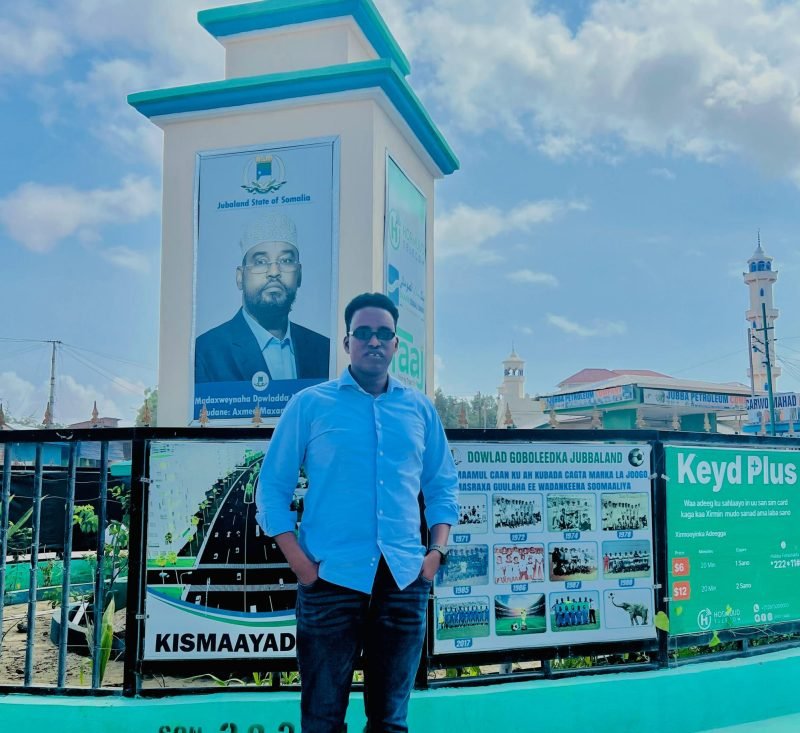
Another roundabout displays an image of elephant ivory. When I asked about the significance of this ivory, the mayor explained that Kismayo has historically been known for elephants, and the sculpture is part of a plan to preserve that history.

Kismayo has a clean and beautiful beach called Liido Beach. It is close to the Guriga Martida (Guest House), where Jubaland accommodates high-level delegates. The beach serves as a football field for youth, and various teams were playing matches along the shore. There are no restaurants or coffee shops nearby. However, one evening I visited a hotel next to the beach where people sit in chairs by the sea, drink coffee, tea and juice, and enjoy the fresh air. It reminded me of Mogadishu’s Liido Beach and the good old days when I used to visit on weekends. We also made a short visit to Guriga Martida, where we prayed the Maghrib prayer.
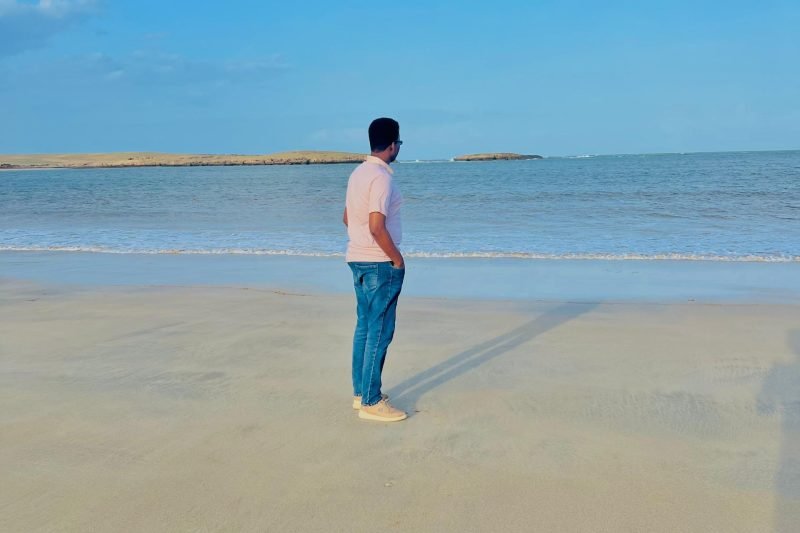
Kismayo also has an expanding civil society sector led by the youth. Our team of four attended an evening forum organized by the Juba Valley Institute (JVI), where discussions focused on the environment and climate change. All the participants were young people —well-informed and highly engaged, asking thoughtful and critical questions of the panelists.
We also visited Ardaaga, a non-profit youth initiative established by young people in Kismayo. They shared insights into their work and how they started the organization. They were keen to get advice from us. We offered suggestions on running such nonprofit institutions and shared some of the challenges we’ve faced in managing research institutions.
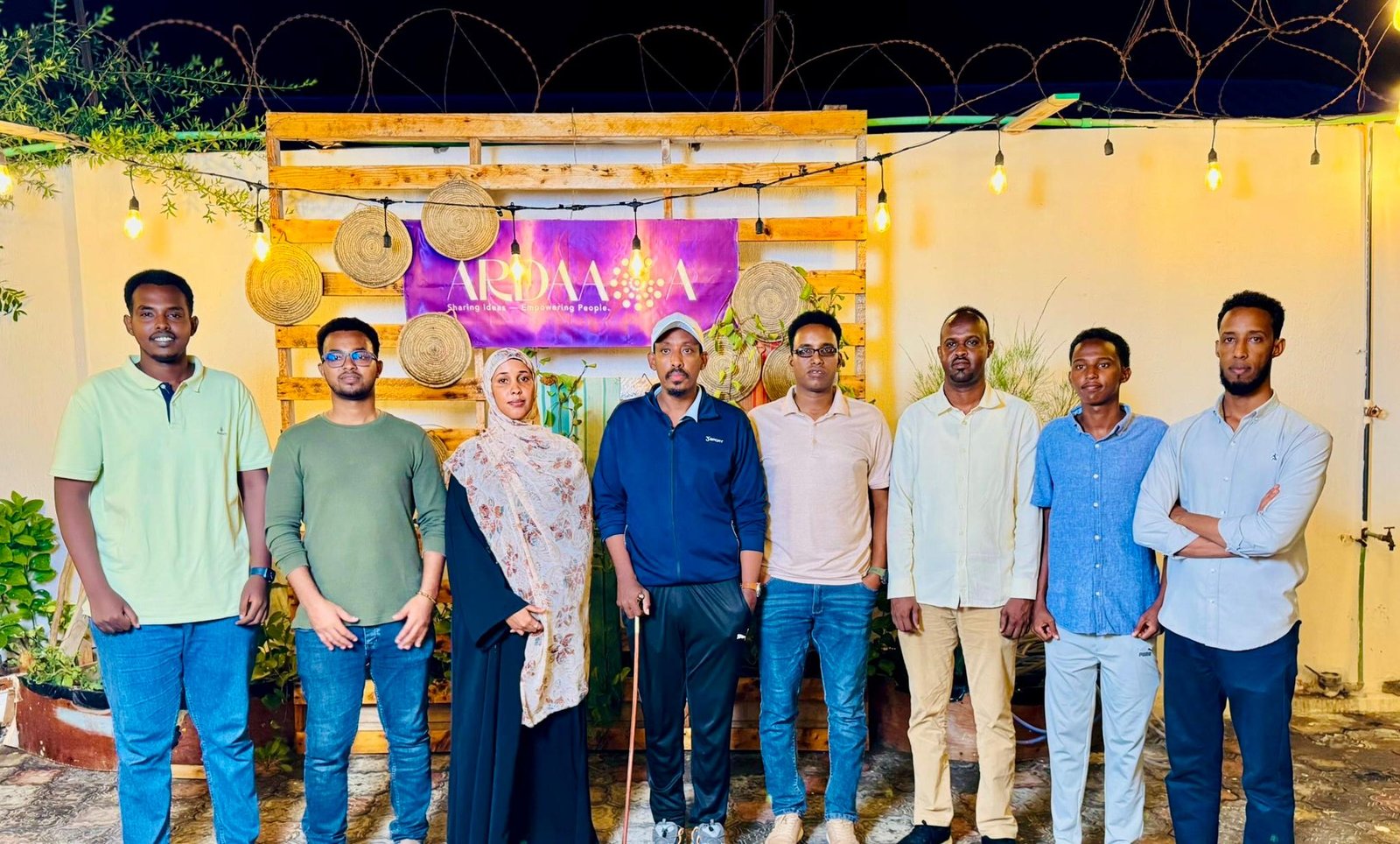
Despite the encouraging infrastructure projects and the growth of civic institutions, the people we met in Kismayo voiced concerns about potential security threats and the negative effects of the rift between Jubaland and the FGS. For instance, they highlighted the burden citizens face due to travel restrictions. Unlike in the past, they can no longer fly directly from one town to another within Jubaland and must now pass through Mogadishu. This causes delays and increases travel costs. Access to clean water remains a challenge, as does the high cost of electricity—both were commonly cited concerns.
As we concluded our visit and headed to the airport, the city mayor accompanied us. Unlike when we arrived, the departure process was much smoother. We waited for the plane in a recently constructed and well-decorated VIP lounge at the airport, where cappuccino was served.
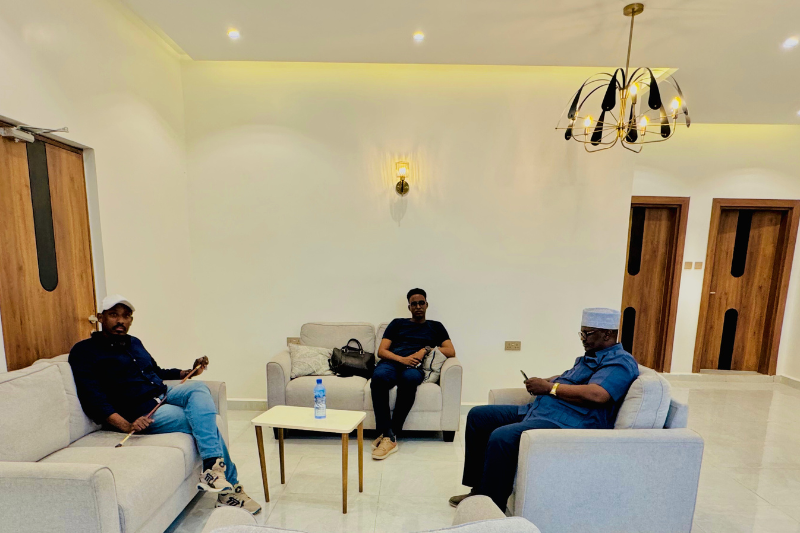
As someone who has visited Kismayo several times, I must commend the city’s developments and the improved security. We did not hear a single gunshot during the three days we were there.
The Kismayo I saw gave me hope. Despite the discouraging political rifts in Somalia, there are still positive developments that keep hope alive. I saw that hope in Kismayo.
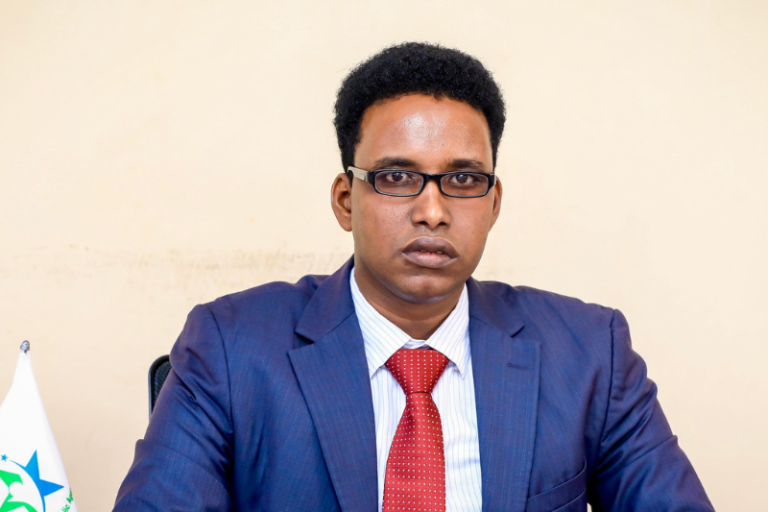
Is a researcher, teacher, podcaster and blogger. His work over the last decade has focused on teaching and researching governance, justice and social services in Somalia.

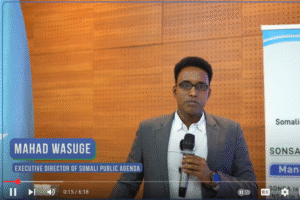

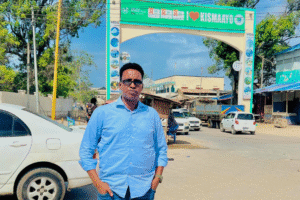
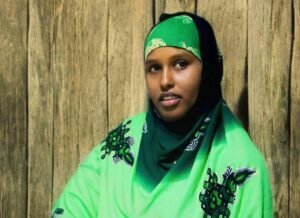
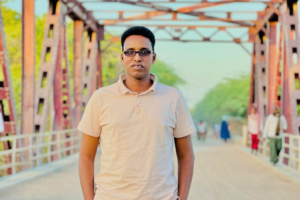

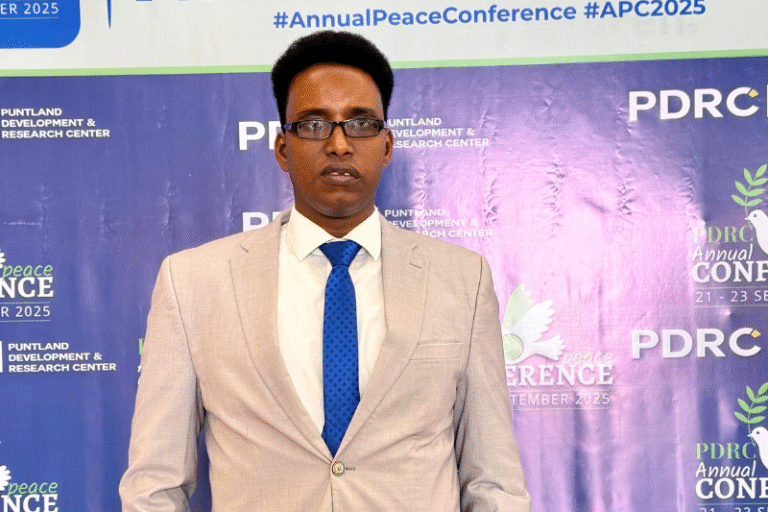


One Response
Kismayo is developing and taking steps far more than its fellow. It really makes us feel optimistic to see such places in Somalia don’t let go hope to dream and take steps forward.